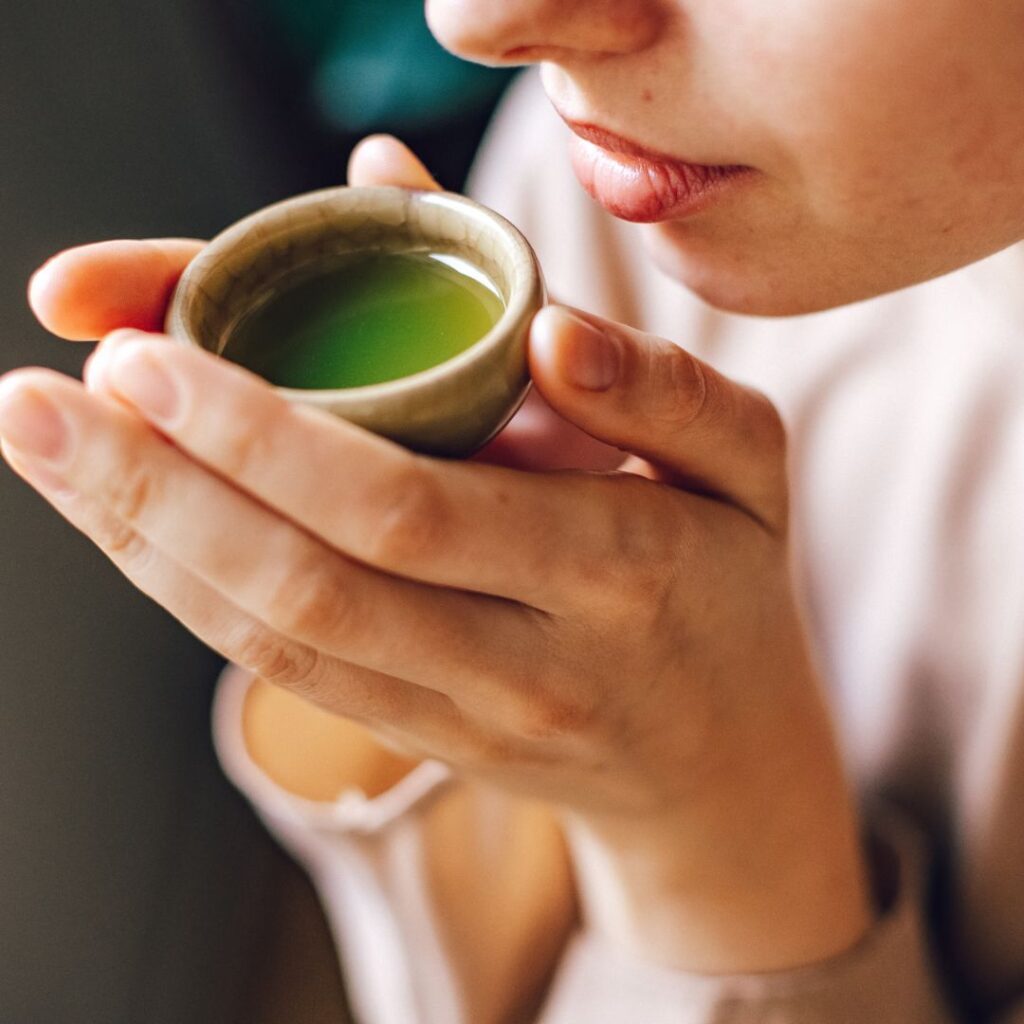

What is a Matcha Bowl?
A Matcha Bowl, or Chawan, is crucial for expertly preparing matcha green
History of Matcha Bowls
Matcha bowls, or chawan, have a rich history dating back to the 9th century in Japan, during the Heian period. Originally, matcha was consumed by Buddhist monks as part of their meditation practice, and the bowls used for this purpose were simple and rustic in design. Over time, as matcha spread beyond the monasteries and became a staple in Japanese culture, the art of crafting matcha bowls evolved.
Understanding Matcha Bowls
In order to truly appreciate the art of matcha, it’s important to understand the role and design of matcha bowls, or chawan, in the
Before you even start whisking, preheating your chawan is a step you can’t skip. This preparation step involves filling your bowl with hot water, then discarding it right before adding your matcha powder. It keeps the matcha temperature stable, giving you more control over the brewing process. Additionally, soaking your bamboo whisk, or chasen, simultaneously prepares it for creating that ideal frothy top without damaging its delicate tines.
Understanding these nuances about matcha bowls empowers you to master the ritual of matcha preparation. You’re not just making
What is a tea bowl used for
A
Beyond its practical use, a
Using a
Varieties and Uses
When it comes to matcha bowls, it’s like stepping into a world of artistry and function! Each bowl, known as a chawan, is crafted with a specific purpose in mind, catering to your
Take, for example, the tsutsu-chawan. Its tall and narrow design isn’t just chic—it’s perfect for keeping your
And let’s talk aesthetics! These bowls aren’t just functional; they’re downright gorgeous. From the colors and glazes to the textures, each bowl adds a touch of elegance and mindfulness to your
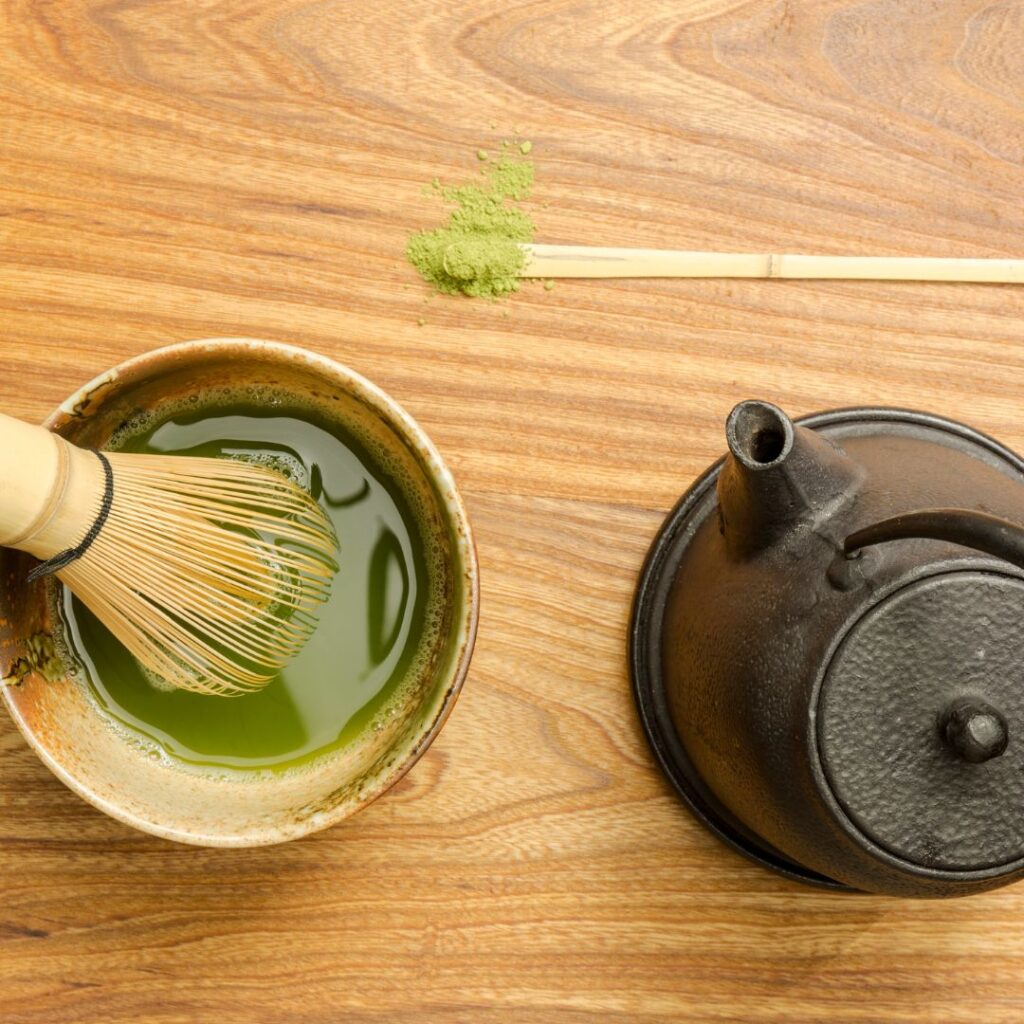

Selecting Your Chawan
To truly elevate your matcha game, the selection of the right chawan (tea bowl) is key. This isn’t just about aesthetics—it’s about functionality. The ideal chawan makes all the difference in the texture, temperature, and pleasure of your matcha
When it comes to material, clay and ceramic lead the pack. They’re excellent at retaining heat, which keeps your matcha pleasantly warm, coaxing out its full flavor during your
Weight and balance are also vital. You’ll want a chawan that feels right in your hands—one that provides a firm grip and steady control as you whisk. Steer clear of bowls with rough interiors or overly slick exteriors, as these can disrupt your whisking technique and even damage your
By picking a chawan that meets these standards, you’re not just choosing a vessel for brewing
Preparing Matcha Tea
Diving into the world of matcha starts with setting up your
Once your bowl is warmed, toss out the water and dry it. Then, scoop in one to two teaspoons or two to four chashaku spoons of matcha powder. The amount depends on your preference for usucha (a lighter
Now, the fun part—whisking! For usucha, go for a quick, vigorous W motion to create a light, frothy texture. If you’re aiming for koicha, the approach is more gentle; a smooth, slow stirring motion is key to achieve a thick, foam-free consistency. This technique ensures the powder fully dissolves and introduces air into the matcha, highlighting its creamy texture and deep green hue.
As you whisk, adjust the matcha and water ratios to suit your taste. This part of the matcha-making process isn’t just about creating a delicious drink—it’s a meditative ritual that invites mindfulness and mastery with every sip.
Matcha Bowl Significance
In the matcha world, your bowl is more than just a cup for
Choosing your matcha bowl is a personal choice that affects your
The weight and texture of the bowl in your hands remind you to take it slow and enjoy the moment. As you prepare and drink your
In this simple
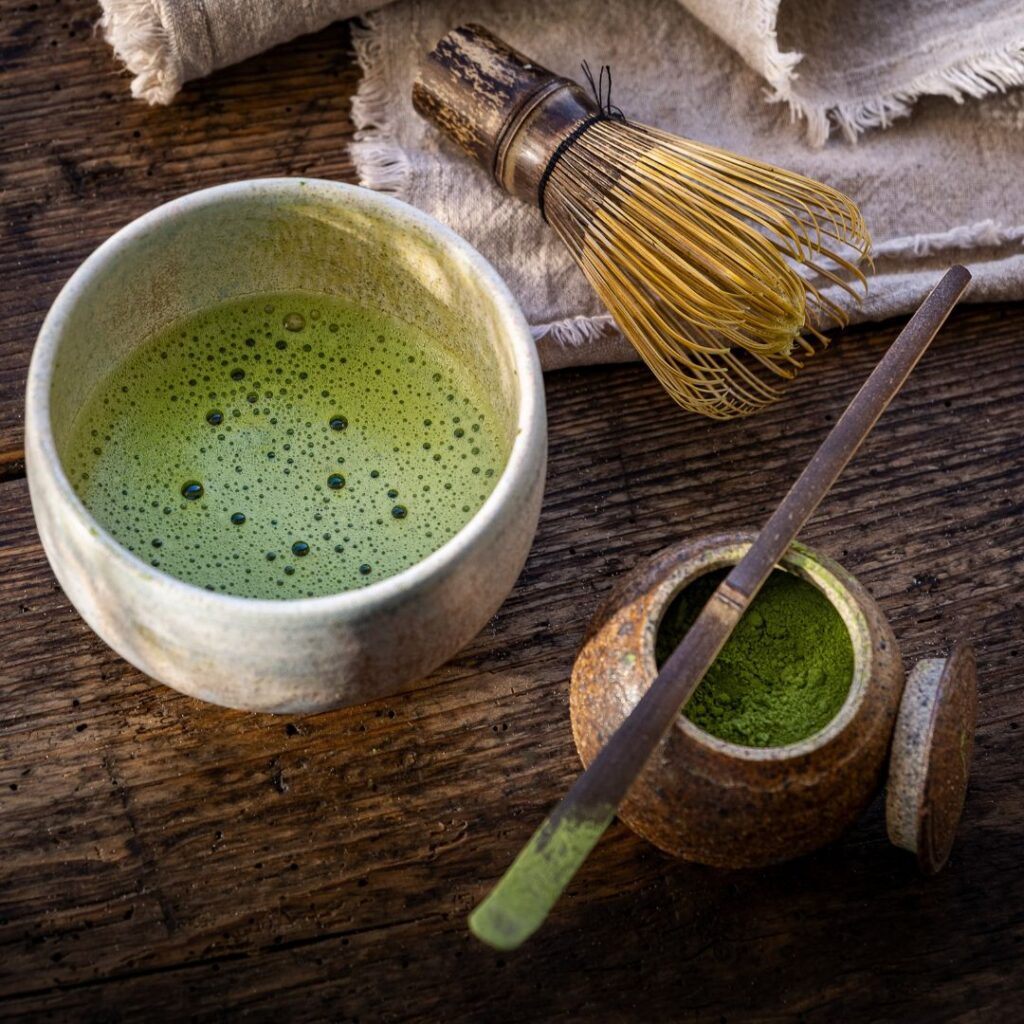

Matcha Bowl Dimensions
When it comes to matcha bowls, size matters! Understanding the dimensions of your bowl is key to whipping up that perfect cup of matcha. It’s not just about looks—it’s about nailing that
A standard matcha bowl usually holds between 400 to 500 milliliters of liquid gold. This size gives you plenty of space to whisk up your matcha without making a mess. And let’s talk diameter. Aim for a bowl that’s about 4.5 to 5.5 inches wide at the rim. This gives your whisk enough room to work its magic, ensuring you get that velvety smooth matcha texture we all crave.
Height matters too! Most bowls stand around 2.5 to 3.5 inches tall. This height keeps your matcha warm and makes it easy to handle and sip.
So, when you’re picking out your matcha bowl, think about these dimensions. It’s not just about the bowl—it’s about elevating your matcha game to the next level!
Do you need a matcha bowl
To truly dive into the world of matcha, a specialized matcha bowl is essential. This isn’t just about following tradition; it’s about enhancing your tea experience to its fullest. The design, material, and size of a matcha bowl are all tailored to bring out the best in your matcha, from its rich flavor to its silky texture.
A proper bowl does more than hold your
Don’t compromise on the quality of your
Matcha Bowl Care
Caring properly for your Matcha bowls (Chawan) is crucial for ensuring they remain a cherished part of your
How to Clean Your Matcha Bowls:
- Rinse with Warm Water: Immediately after use, rinse your bowl with warm water. Steer clear of soaps, as they can leave behind a residue that might alter the flavor of your Matcha.
- Wipe with a Soft Cloth: Use a soft cloth to gently clean both the interior and exterior of the bowl, removing any lingering Matcha particles.
- Air Dry: Let the bowl air dry thoroughly to prevent any mold or mildew from forming.
Storing Your Matcha Bowls:
- Choose a Cool, Dry Place: Keep your bowls in a location that is dry and cool, away from direct sunlight which can cause fading and damage.
- Careful Stacking: If you need to stack your bowls, layer a soft cloth or a paper towel between them to prevent scratches and chips.
- Moisture-Free Environment: Ensure the storage area is free from moisture to protect the bowls from mold.



Konnichiwa! (Hello!) I'm Pat Tokuyama, a Japanese tofu cookbook author, who travels for music, food, and adventure. If you like Japanese tea, checkout some of the newestorganic japanese tea, matcha bowls and noren and more!
** Curious about the Plant Based Japanese Cooking Club? ** Learn more here!
Handling Tips:
- Gentle Handling: Treat the bowls gently as the ceramic or clay material is delicate and can easily chip or crack.
- Avoid Sudden Temperature Changes: Introduce heat gradually to avoid thermal shock. Never pour boiling water directly into a cold bowl.
- Preheat Your Bowl: Preheating your bowl with warm water can enhance your Matcha experience, making it a more enjoyable ritual.
Collecting Guide of Matcha Bowl
Collecting Matcha bowls, or Chawan, blends art, history, and the cultural essence of the Japanese
When expanding your collection, educate yourself through resources like books and museums, set a clear focus and budget, and always buy from reputable sources to ensure authenticity. Properly care for your bowls to preserve their condition and beauty.
Connect with other collectors through clubs and forums, and participate in events like
Conclusion
Now that you’ve explored the world of matcha bowls, you understand their essence goes beyond just holding
Remember, selecting the right chawan enriches your ceremony, blending aesthetics with function. Whether you’re prepping your
So, yes, you do need a matcha bowl—it’s key to embracing the full experience.


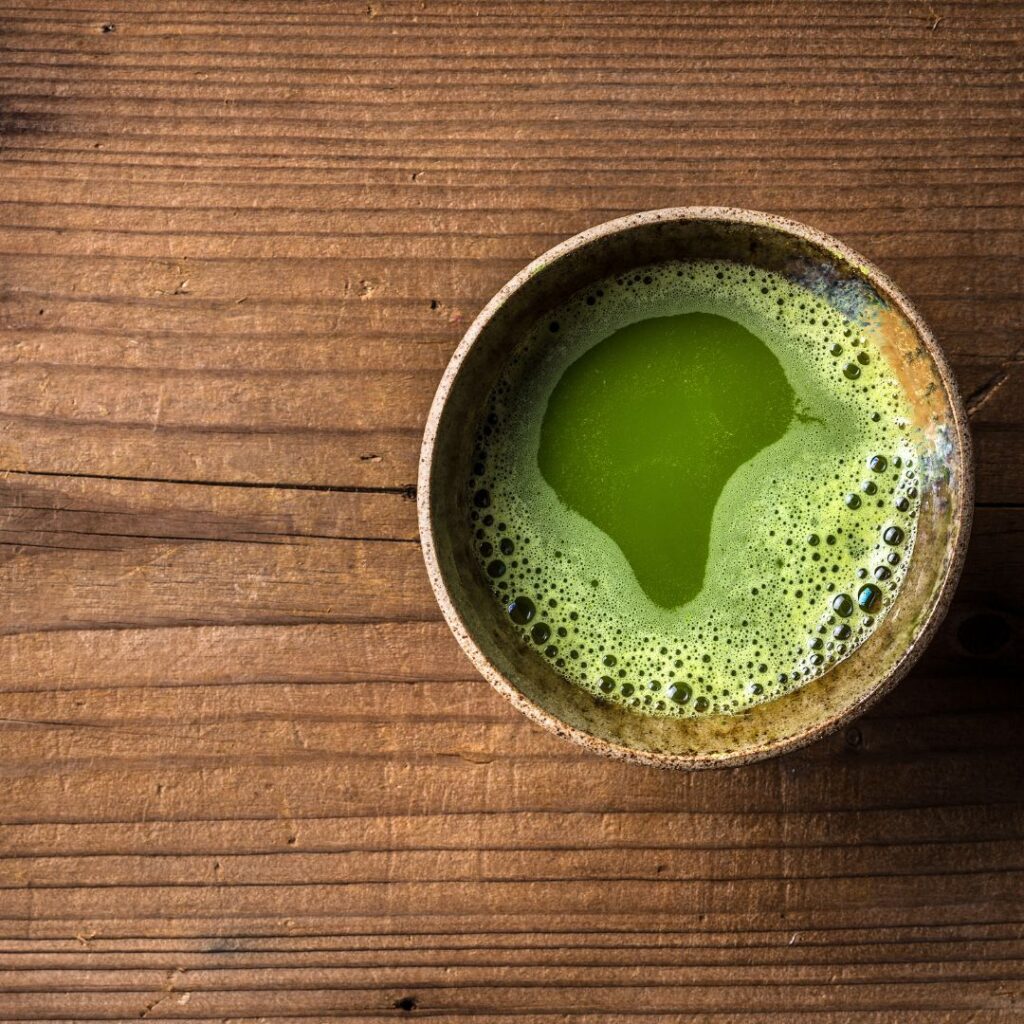


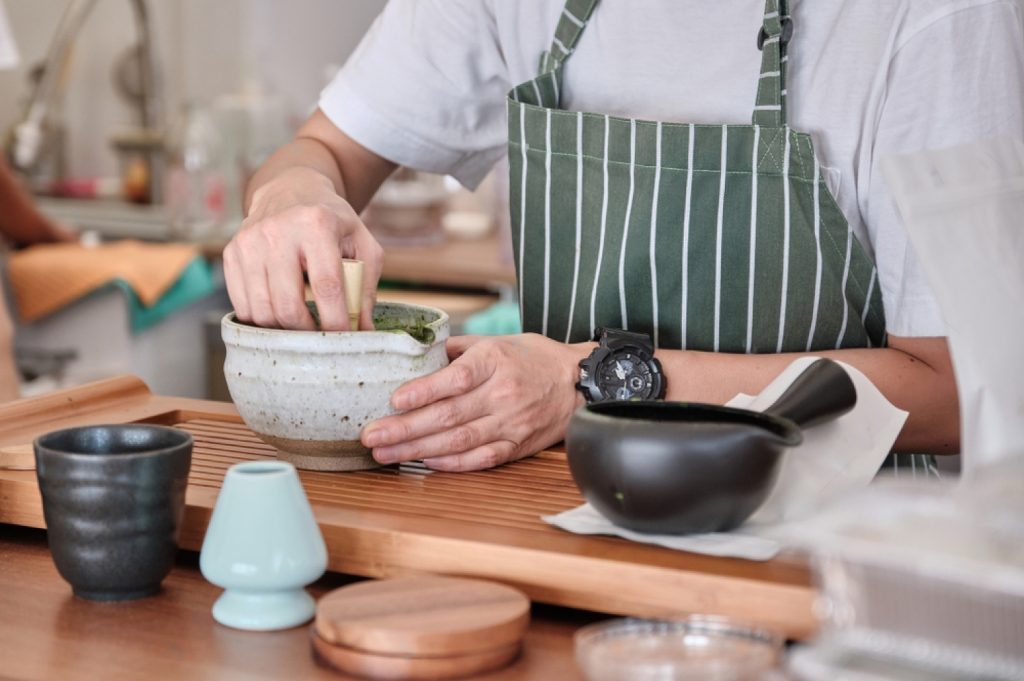
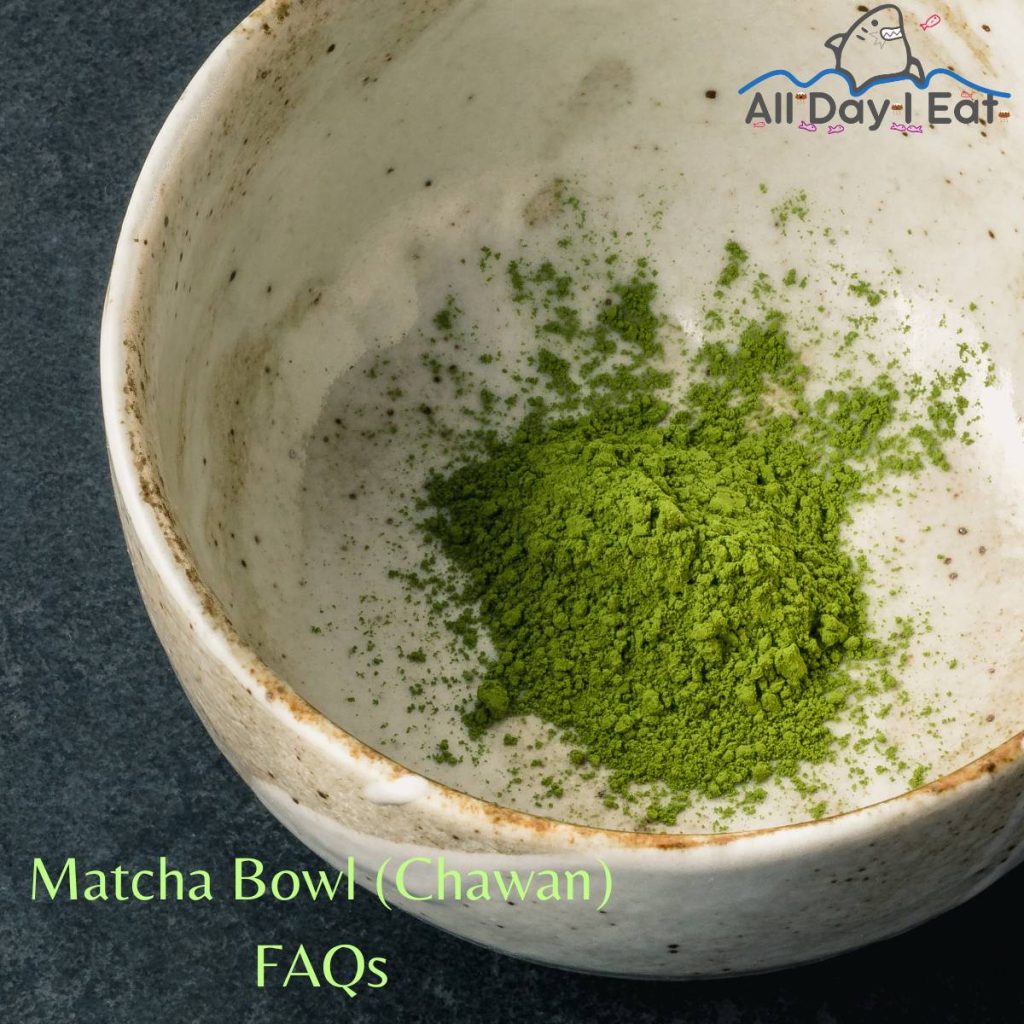
Konnichiwa! (Hello!) I'm Pat Tokuyama, a Japanese tofu cookbook author, who travels for music, food, and adventure. If you like Japanese tea, checkout some of the newestorganic japanese tea, matcha bowls and noren and more!
** Curious about the Plant Based Japanese Cooking Club? ** Learn more here!